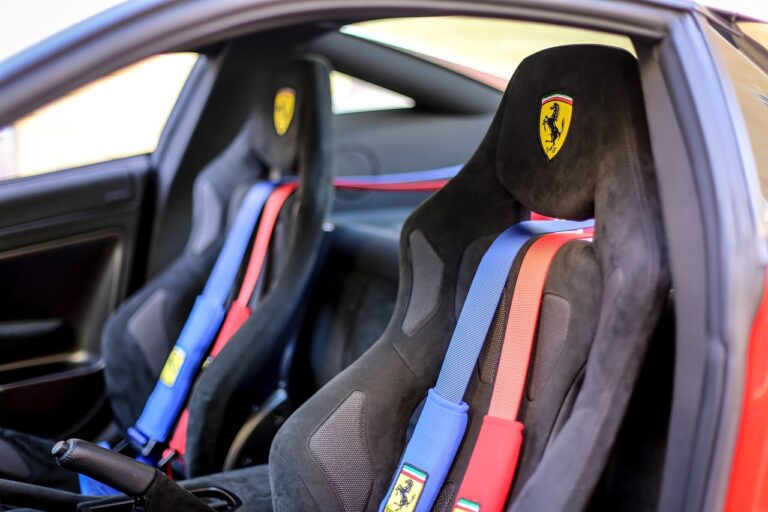The Influence of Millennial Preferences on Car Design and Features
Car manufacturers are increasingly tailoring their car designs and features to cater to the preferences and needs of the millennial generation. One key factor driving this shift is the Millennials’ emphasis on technology integration within their vehicles. From seamless smartphone connectivity to advanced safety features, automakers are prioritizing tech-savvy functionalities to appeal to this demographic.
Moreover, Millennials are showing a growing interest in sustainable and environmentally-friendly options when it comes to cars. This has led manufacturers to invest in developing eco-friendly vehicles with lower emissions and greater fuel efficiency. As the younger generation places a premium on environmental consciousness, car companies are responding by incorporating sustainable materials and energy-efficient technologies into their design processes.
Shift Towards Sustainable and Eco-Friendly Features
Car manufacturers are increasingly embracing sustainable practices in their design and production processes. As environmental awareness grows among consumers, there is a widespread shift towards incorporating eco-friendly features in vehicles. From electric and hybrid models to materials made from recycled components, the automotive industry is evolving to meet the demand for greener transportation options.
In addition to reducing carbon emissions, sustainable features in cars also contribute to cost savings in the long run. With fuel-efficient engines and energy-saving technologies, drivers can enjoy lower fuel expenses and contribute to a cleaner environment simultaneously. As more car buyers prioritize sustainability and environmental impact, automakers are prioritizing the development of eco-conscious vehicles to meet the changing demands of consumers and regulatory requirements.
What are some of the factors driving changes in car design and features for millennials?
Some of the factors include increasing environmental awareness, preference for sustainable options, and the desire for eco-friendly features.
Why is there a shift towards sustainable and eco-friendly features in cars?
The shift is driven by the need to reduce carbon emissions, combat climate change, and meet the growing demand for environmentally-friendly products.
What are some examples of sustainable and eco-friendly features in modern cars?
Examples include electric or hybrid engines, recycled materials in the interior, energy-efficient technologies, and aerodynamic designs that improve fuel efficiency.
How are car manufacturers responding to the demand for sustainability and eco-friendliness?
Car manufacturers are incorporating more eco-friendly features into their designs, developing electric and hybrid models, and using sustainable materials in their production processes.
How can consumers contribute to the shift towards sustainable and eco-friendly cars?
Consumers can choose to purchase electric or hybrid vehicles, support car manufacturers that prioritize sustainability, and practice eco-friendly driving habits to reduce their carbon footprint.





